An inconvenient truth
 I’ll wager that each one of us spends a fair amount of money each year on surf gear – so why do we so readily accept poorly made items, obviously designed to buoy up manufacturers’ turnover at our own expense?
I’ll wager that each one of us spends a fair amount of money each year on surf gear – so why do we so readily accept poorly made items, obviously designed to buoy up manufacturers’ turnover at our own expense?
This is the story of my Rip Curl F-Bomb wetsuit, of why not all publicity is good publicity, and why we are all encouraged to consume more and conserve less…
About 12 months ago I replaced my old winter wetsuit with a Rip Curl F-Bomb, costing more than £250. I thought I had made a wise investment: it was unbelievably comfortable, and I wondered why I hadn’t replaced my old Sola suit years ago. Devon never gets really cold, but occasionally over the last 10 years, there have been a few days when the wind has cut straight through me. Not in my toasty new F-Bomb though. Smug? You bet. But not for long.
The liquid tape seals failed after fewer than 10 sessions. They disintegrated, and cold water flooded into my previously warm suit. The first area to go was the groin, so you can be sure that I felt the discomfort pretty sharply. Then most of the rest of it came apart too, particularly around the hips.
So I called Rip Curl. They offered to repair the suit – with the same tape that had already given way. And they wanted me to pay to return it. Instead, I found a proprietary seam sealer, which cost about £5 from my local surf shop (cheaper than the return postage), and sealed the thing up myself.
Those seams have been watertight ever since. But unfortunately it lost its flex before seeing out one English winter in the water, thus rendering it effectively useless.
All this got me thinking. We’re told that performance wetsuits don’t last more than a year; that there’s always a compromise between comfort and longevity; that suits cost a lot because there’s extensive R&D behind them. But I don’t believe that’s always the case.
Let’s face it, surfing’s big business to the privileged few. Why else would surf magazines persist in printing pointless wetsuit ‘guides’ that are nothing more than repurposed press releases from their best advertisers? If the results of the poll I posted on MagicSeaweed the other day are anything to go by, surfers are too savvy to be taken in by these thinly disguised pieces of spin.
A while back, I read Yvon Chouinard’s autobiography, ‘Let My People Go Surfing’. In it he writes that he founded Patagonia on the belief that if you make something well it will last for years, and that in itself is the way to pausing this cycle of wanton consumerism and inevitably becoming more sustainable.
It’s an ethos that rings true to me, but it also throws the actions of most of surf companies into the spotlight. Nowadays everyone’s jumping on the green bandwagon. To quote Dennis Houille from BoardsportSource’s new ‘Wetsuit Trends 2010’ report, “When Mick Fanning wore a ‘green’ wetsuit at the Billabong Pro in Mundaka, he sparked a flurry of interest amongst the world’s surfers. The green Rip Curl wetsuit features a new neoprene that uses non-solvent glues in the lamination process, resulting in a major reduction of air-polluting chemicals… the green-suit is part of the Rip Curl Planet initiative that promotes environmental awareness.”
Quite frankly, it’s bollocks.
There’s nothing sustainable about Rip Curl’s business plan, and I doubt there ever will be. But these companies believe that all they need to do is pay lip service to environmental morals and they’ll be assured of the surf dollar for another year at least.
It’s a problem that’s inherent among all the big surf brands. Take Billabong’s Project Blue. Making board shorts from recycled plastic bottles isn’t an initiative unless it’s wheeled out across the whole product range. What has this much-shouted-about project achieved since its launch in 2007? An increase in sales and not much else.
With this in mind, I now have a new suit, made by Patagonia.

On the face of it, the Patagonia R4 Regulator is pretty ordinary looking, but turn it inside out and it’s a different story – it’s lined with tightly woven merino wool. Plus its neoprene comprises 80% non-petroleum ingredients. The suit feels really snug and flexible, but I found the design over the shoulder blades was a little uncomfortable – it took me two attempts to get into it without something getting folded over in the back. I was never fully confident I had got it right, but I forgot about it once I was in.
It was one of those days with a lot of waiting for sets, about one or two degrees above zero air temperature and about six to seven degrees in the water. I lasted about two hours before I really started to feel cold, which is pretty good in my book.
One thing that did bother me about the suit was getting out of it – the merino picks up all kinds of crap from the floor: sand, gravel, mud. You have to wash the suit out anyway, but you do need to make sure that you get it spotless, otherwise you’ll end up with a lining like sandpaper.
The Regulator lacks any of the flaws of the F-Bomb: there are no liquid tape seals, everything is stitched together and it feels solid. Patagonia makes no claims about its longevity, and I haven’t tested it for long enough to make a conclusion. But if their company-wide approach to making good quality products with a no-quibble guarantee is anything to go by, I’m pretty confident in its ability to satisfy.
Finally, for those of you wondering, we don’t currently have any advertising agreements with Patagonia. After this article, I don’t anticipate we’ll be doing anything with Rip Curl either.
As consumers, we hold the power. Take action the only way these people understand – vote with your money. Give it to the people you respect, and enable them to continue changing the way we do business. Take it away from the people who blow smoke up your ass and shout “tally ho” from the green bandwagon while polluting the world and getting fat on your dollar.
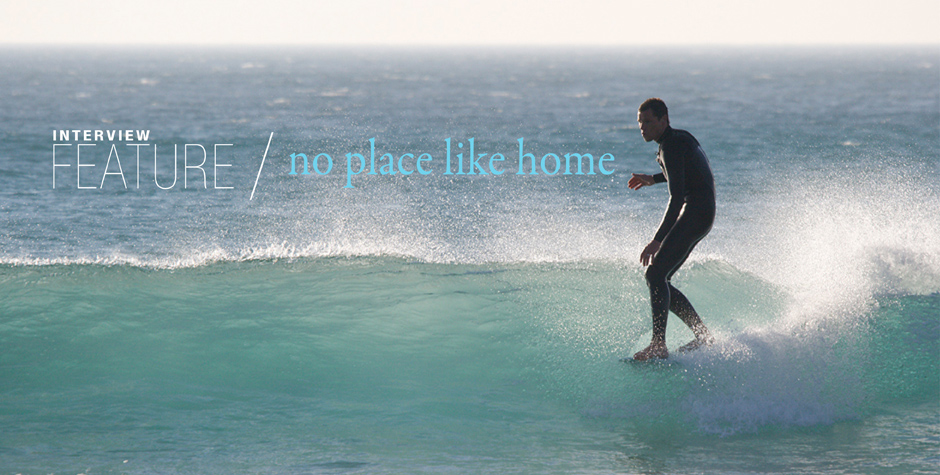
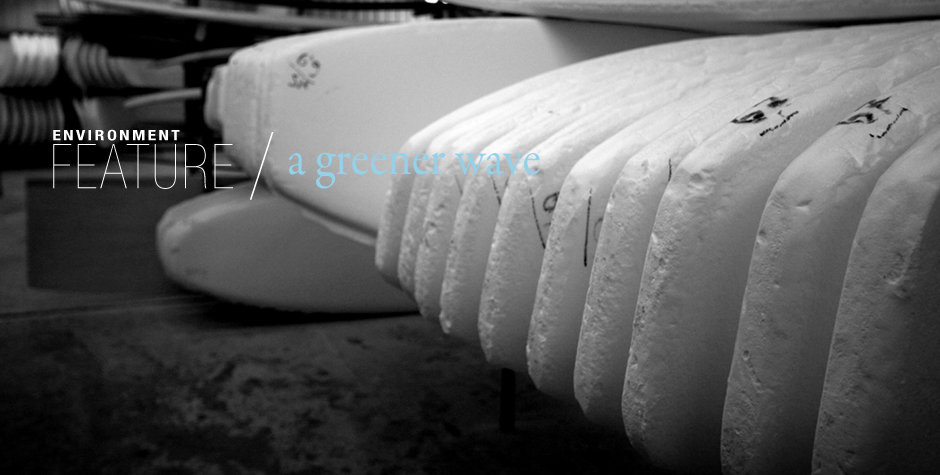

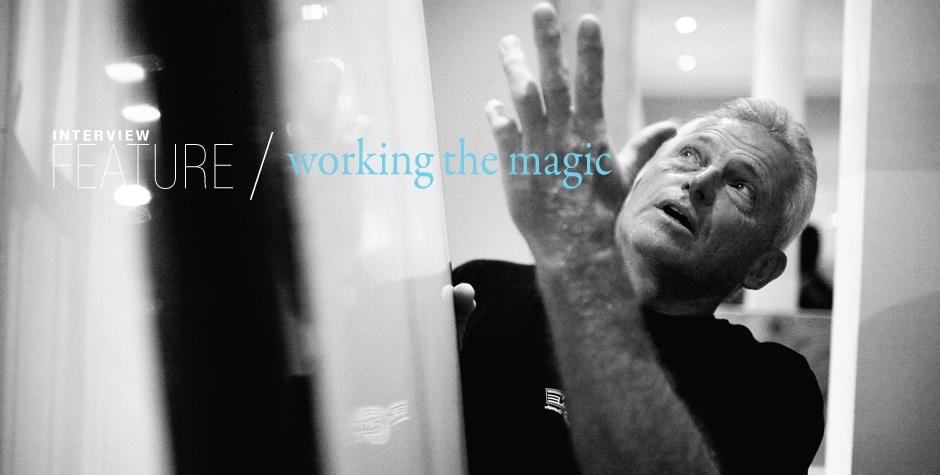
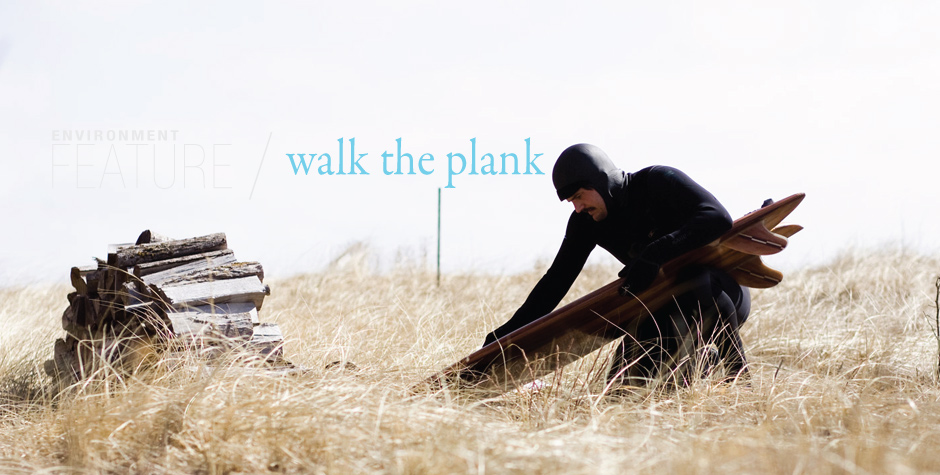

 Discuss
Discuss

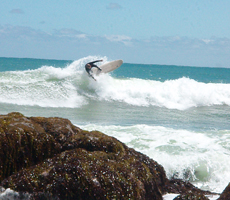



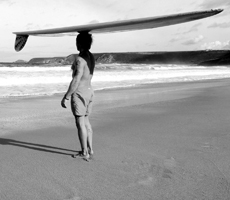
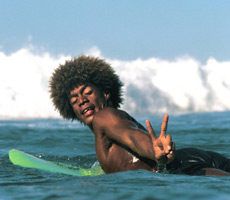













Yup, I bought an F-bomb as well. Great fit and warmth but fell apart. They replaced the first one, the second one was no better, they have since got much more picky about replacements….
I will never buy rip curl again………
1I hear you, I really do. Those guys don’t care about their products, if the big mainline guys cared, then they might be more original than all using the same three factories in China. I’ve been lucky myself with wetsuits having been in Peru for a year where a company called “Boz” make outstanding wetsuits, the only wetsuits I’ve ever had to beat an Excel on all fronts. Good service needs to be rewarded, they fitted it for me whilst I was there. When we started losing face to face contact and artisan skills we lost something more. Now my name is Ed and I’m size large and my price bracket is…….. May be we should be paying a bit more for someone accountable down the road to make it, someone to take it back to, someone who knows you need a bit more girth in winter.
On a bright note, I snapped my new FCS FG7’s almost the second I bought them. My New Year’s resolution was not to be such a consumer.I sent my fin off to France to the FCS headquarters and they sent me a new one, they paid postage and they sorted it fast. Good service should be recorded more. I like to think that FCS sent me the fin without a letter because the smoking french totti didn’t want to blush over her english….sorry to lower it at the end.
Spinalsurfer.blogspot.com
2